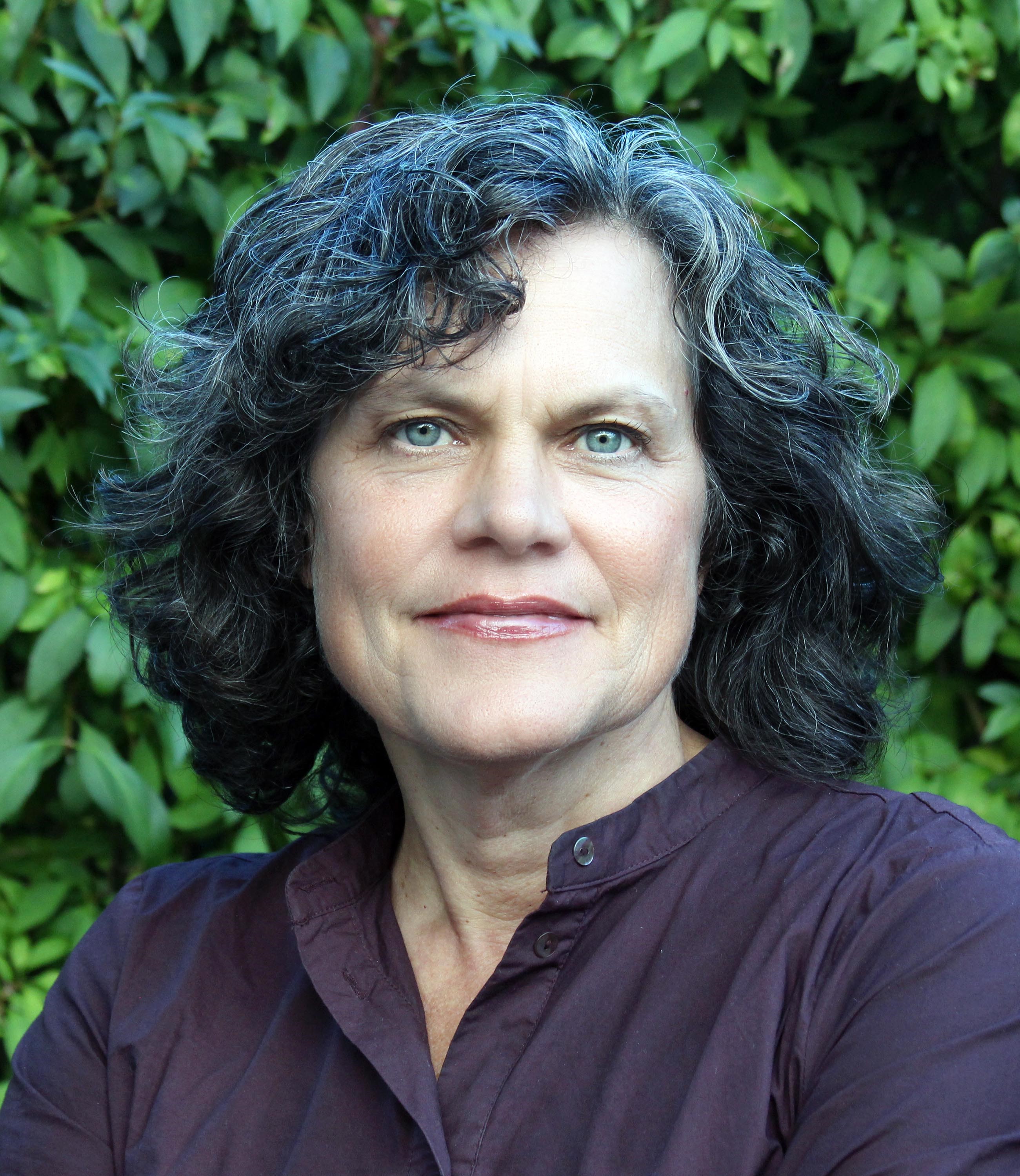An ancient mode of writing in which lines run alternately from right
to left and from left to right. Greek: as the ox turns (in plowing).
A little boy walks behind the plow
picking up stones in a field.
He drops them onto a pile
at the end of the row.
One day these stones will make
a home for his soul. He doesn't know
this yet. How can he know
the meaning of all that the plow
inscribes: that he'll grow to make
a life from this field,
that its meanings will pile
like paint, which he'll stroke in rows,
each dab a seed in a furrow?
He'll have to leave to finally know
all that's concealed in this pile
of limestones. Rocks struck open by the plow
reveal the spiral fossils of the field.
Maybe whatever anyone can make
of himself was already made
long ago, order and disorder set in the rows
of a double helix. Settlers clearing fields
often spared single oaks, though they knew
whoever followed would have to plow
around them. Saved from the woodpile,
the trees grow elegant alone and drop piles
of acorns into the troughs that furrows make.
Some sprout, but the certain plow
turns saplings under as it carves rows
for corn. In winter, stubble slants in snow
like runes scrawled across the field.
A farmer's son who takes canvas for his field
aches to become an artist, compiles
another family, moves to a city. No
one back home sees or knows what he makes:
the way light shifts on those scarred rows
of pigment, though he paints as they plow.
It only takes one person plowing a row
to make a field, then others can follow
knowing they aren't the first or alone.
"Boustrophedon" from Eve's Striptease by Julia Kasdorf, c 1998. All rights are controlled by the University of Pitts burgh Press, Pittsburgh, PA 15260. Used by permission of the University of Pittsburgh Press
